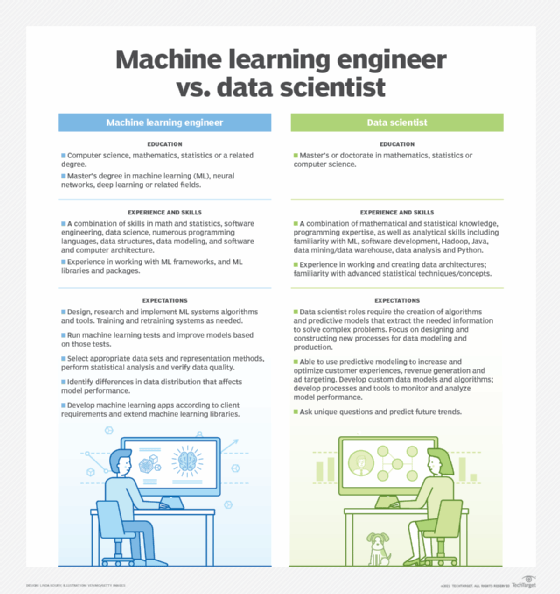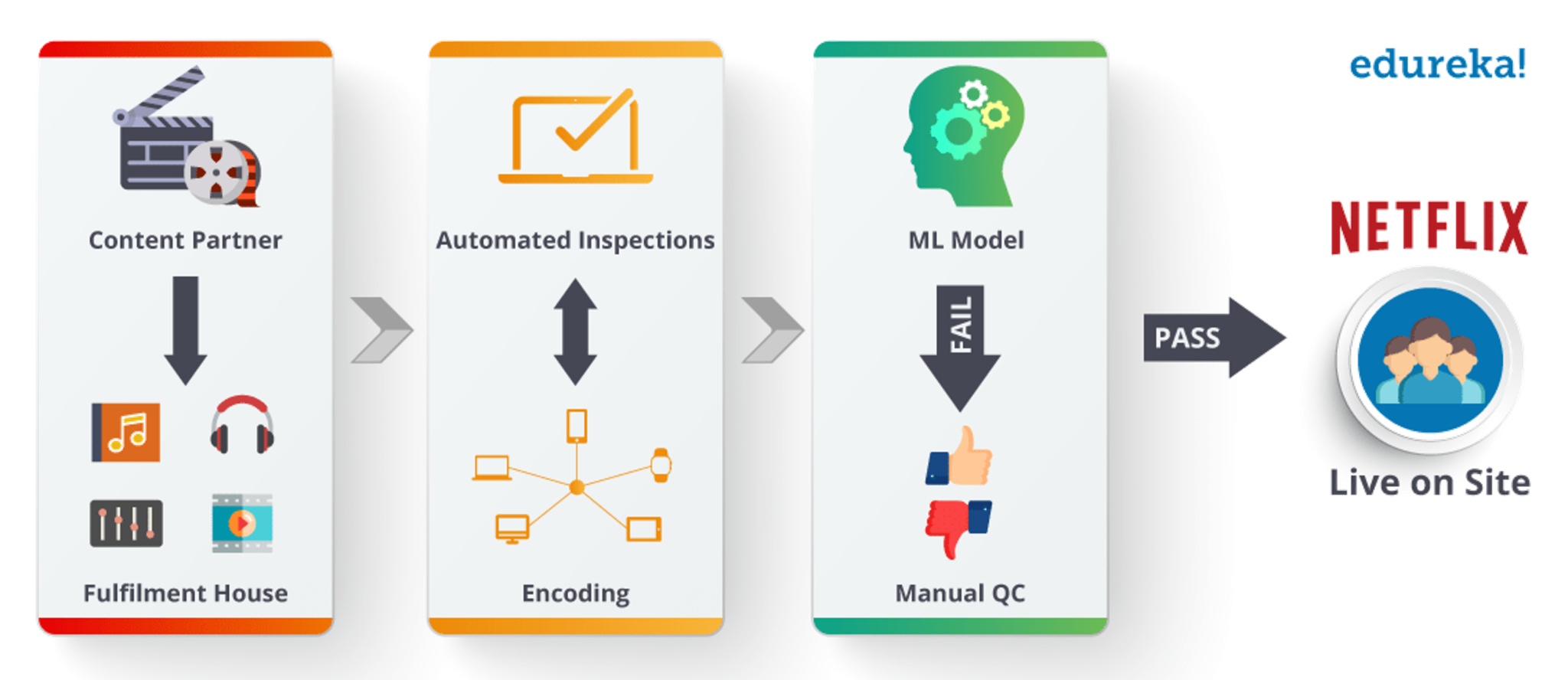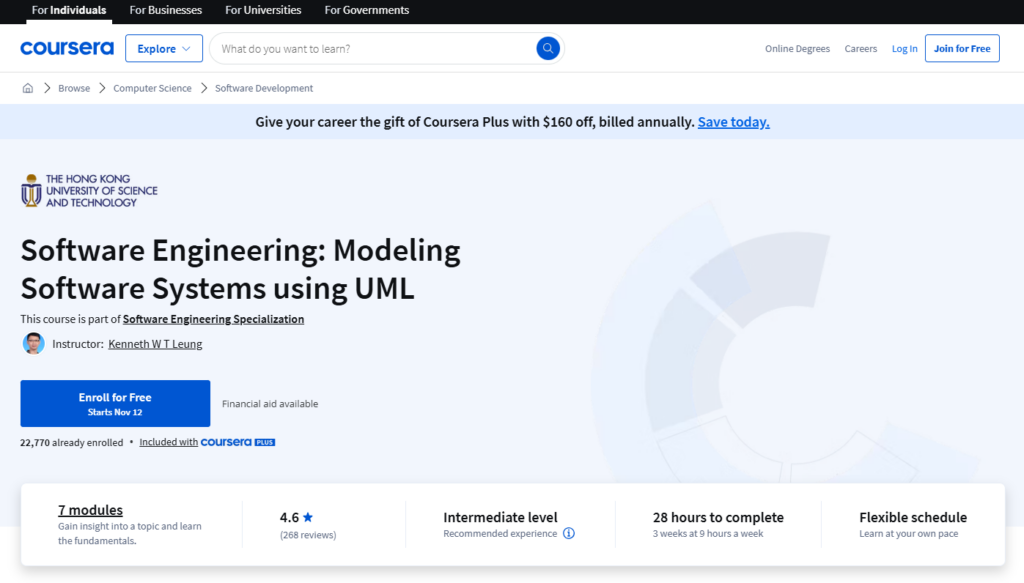All Categories
Featured
Table of Contents
Unexpectedly I was surrounded by people that might fix difficult physics questions, understood quantum auto mechanics, and can come up with fascinating experiments that obtained released in top journals. I fell in with a great group that encouraged me to check out things at my very own speed, and I spent the next 7 years discovering a heap of points, the capstone of which was understanding/converting a molecular dynamics loss function (consisting of those shateringly learned analytic by-products) from FORTRAN to C++, and writing a gradient descent routine straight out of Mathematical Dishes.

I did a 3 year postdoc with little to no maker understanding, simply domain-specific biology stuff that I didn't locate fascinating, and lastly took care of to obtain a task as a computer researcher at a nationwide laboratory. It was an excellent pivot- I was a principle detective, indicating I might obtain my own gives, create documents, and so on, but didn't have to teach classes.
Getting The Aws Certified Machine Learning Engineer – Associate To Work
But I still didn't "get" maker learning and intended to work somewhere that did ML. I attempted to get a job as a SWE at google- went via the ringer of all the difficult questions, and inevitably got turned down at the last step (many thanks, Larry Page) and mosted likely to help a biotech for a year prior to I lastly procured worked with at Google during the "post-IPO, Google-classic" age, around 2007.
When I got to Google I promptly looked via all the projects doing ML and discovered that other than ads, there truly wasn't a whole lot. There was rephil, and SETI, and SmartASS, none of which seemed also from another location like the ML I wanted (deep neural networks). I went and focused on various other things- discovering the dispersed technology underneath Borg and Titan, and understanding the google3 stack and production settings, primarily from an SRE point of view.

All that time I would certainly spent on artificial intelligence and computer system facilities ... went to composing systems that packed 80GB hash tables right into memory simply so a mapmaker can calculate a little component of some gradient for some variable. Sibyl was actually a dreadful system and I got kicked off the team for informing the leader the ideal way to do DL was deep neural networks on high performance computer hardware, not mapreduce on affordable linux collection equipments.
We had the data, the formulas, and the compute, all at once. And also much better, you didn't need to be inside google to capitalize on it (except the large information, which was altering quickly). I recognize enough of the math, and the infra to ultimately be an ML Designer.
They are under extreme pressure to obtain results a few percent better than their partners, and after that when published, pivot to the next-next point. Thats when I generated one of my laws: "The absolute best ML designs are distilled from postdoc rips". I saw a few people break down and leave the market for good simply from working with super-stressful projects where they did magnum opus, but just got to parity with a rival.
Charlatan disorder drove me to conquer my imposter disorder, and in doing so, along the method, I learned what I was chasing after was not really what made me satisfied. I'm far a lot more pleased puttering concerning using 5-year-old ML technology like object detectors to boost my microscopic lense's capacity to track tardigrades, than I am attempting to come to be a renowned scientist that uncloged the hard problems of biology.
5 Easy Facts About Best Machine Learning Courses & Certificates [2025] Explained

I was interested in Equipment Learning and AI in university, I never had the opportunity or perseverance to go after that enthusiasm. Currently, when the ML field grew exponentially in 2023, with the newest technologies in large language models, I have a dreadful longing for the roadway not taken.
Partly this crazy concept was also partially motivated by Scott Youthful's ted talk video entitled:. Scott chats about just how he ended up a computer system scientific research level simply by complying with MIT curriculums and self examining. After. which he was additionally able to land an access degree setting. I Googled around for self-taught ML Designers.
At this factor, I am not certain whether it is feasible to be a self-taught ML engineer. I plan on taking courses from open-source programs readily available online, such as MIT Open Courseware and Coursera.
The 6-Second Trick For Fundamentals To Become A Machine Learning Engineer
To be clear, my goal here is not to construct the next groundbreaking version. I merely wish to see if I can obtain a meeting for a junior-level Equipment Knowing or Data Design job hereafter experiment. This is simply an experiment and I am not trying to change into a duty in ML.

I plan on journaling concerning it weekly and documenting everything that I study. Another disclaimer: I am not starting from scratch. As I did my undergraduate degree in Computer system Design, I recognize a few of the principles required to draw this off. I have strong history understanding of single and multivariable calculus, direct algebra, and statistics, as I took these training courses in school concerning a decade earlier.
The Basic Principles Of Software Engineering In The Age Of Ai
I am going to concentrate mostly on Equipment Understanding, Deep knowing, and Transformer Design. The objective is to speed run with these initial 3 courses and obtain a solid understanding of the basics.
Since you've seen the course referrals, below's a fast overview for your discovering equipment finding out journey. First, we'll discuss the prerequisites for most machine learning training courses. Much more advanced training courses will need the adhering to expertise prior to starting: Linear AlgebraProbabilityCalculusProgrammingThese are the general components of having the ability to recognize how machine discovering jobs under the hood.
The first course in this list, Artificial intelligence by Andrew Ng, contains refreshers on the majority of the math you'll need, however it may be challenging to find out artificial intelligence and Linear Algebra if you haven't taken Linear Algebra prior to at the very same time. If you require to brush up on the math required, have a look at: I would certainly advise learning Python considering that the majority of great ML programs use Python.
All About Machine Learning In Production
In addition, another superb Python resource is , which has several cost-free Python lessons in their interactive internet browser environment. After finding out the requirement essentials, you can begin to really recognize just how the algorithms work. There's a base collection of algorithms in machine knowing that every person ought to recognize with and have experience using.

The training courses provided above have essentially all of these with some variation. Recognizing how these techniques job and when to use them will be critical when handling new tasks. After the fundamentals, some advanced strategies to discover would certainly be: EnsemblesBoostingNeural Networks and Deep LearningThis is simply a start, yet these algorithms are what you see in several of one of the most interesting device learning remedies, and they're sensible additions to your toolbox.
Discovering device learning online is difficult and extremely satisfying. It's crucial to remember that simply seeing video clips and taking tests doesn't imply you're actually learning the product. Go into keyword phrases like "equipment discovering" and "Twitter", or whatever else you're interested in, and struck the little "Develop Alert" link on the left to obtain emails.
Not known Incorrect Statements About How To Become A Machine Learning Engineer In 2025
Machine learning is incredibly enjoyable and amazing to learn and experiment with, and I hope you discovered a course over that fits your very own trip into this amazing area. Machine understanding makes up one element of Data Science.
Latest Posts
The Top 50+ Software Engineering Interview Questions And Answers
10 Mistakes To Avoid In A Software Engineering Interview
Best Free Interview Preparation Platforms For Software Engineers